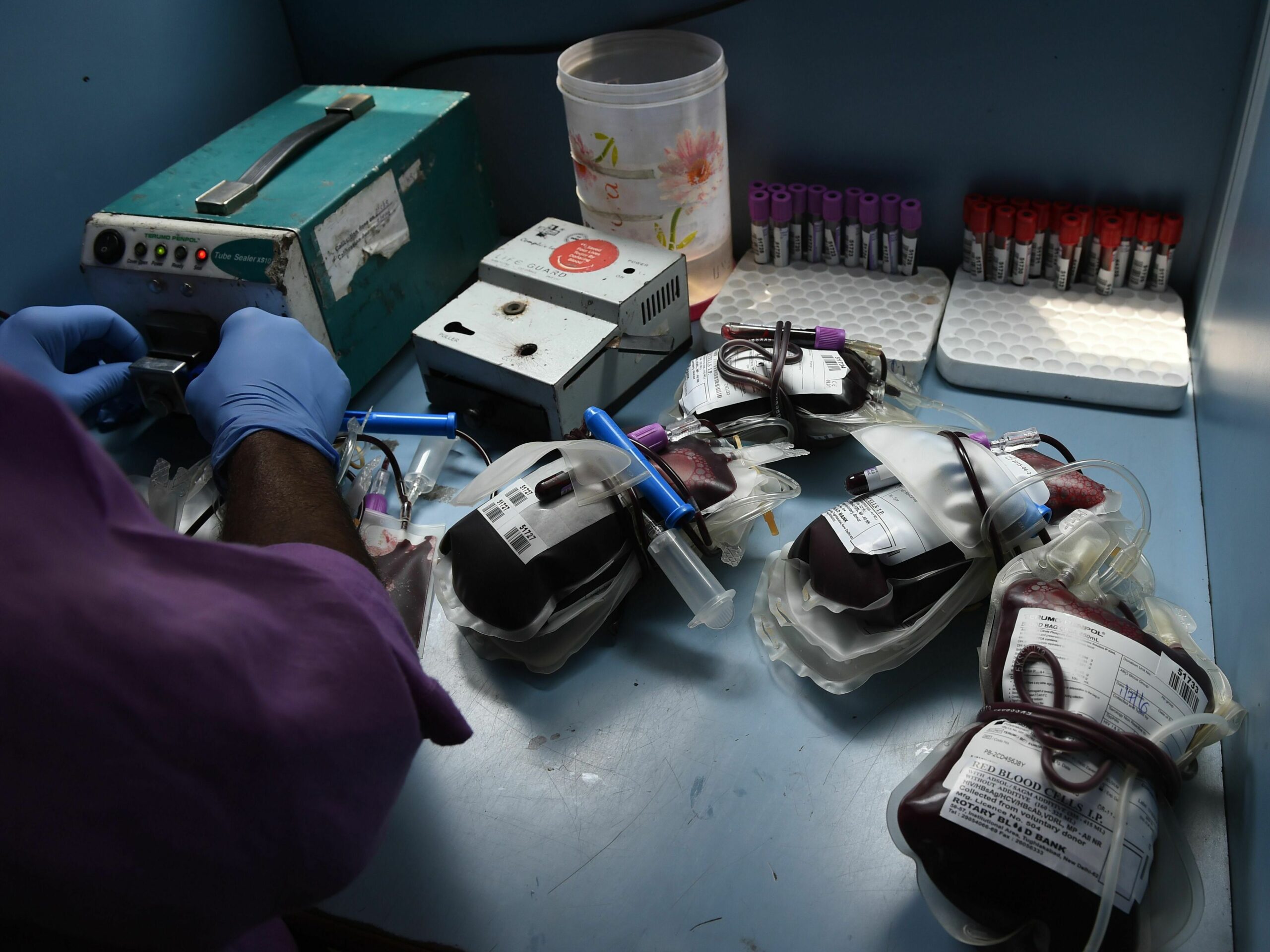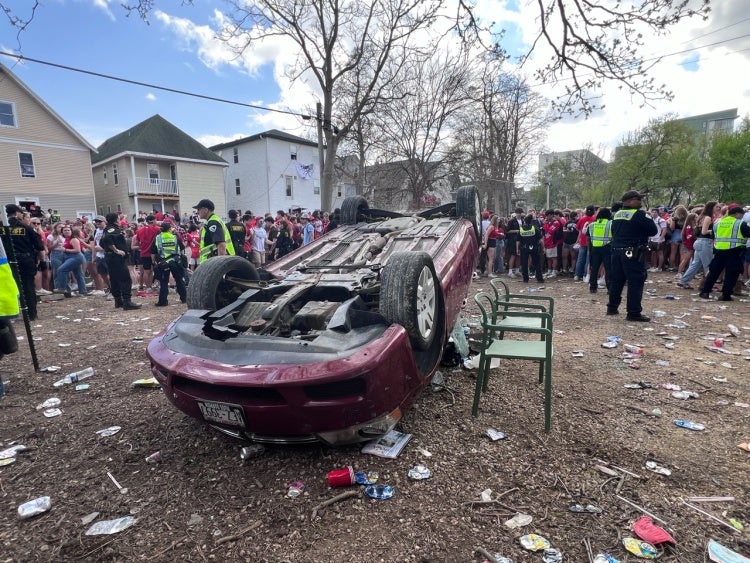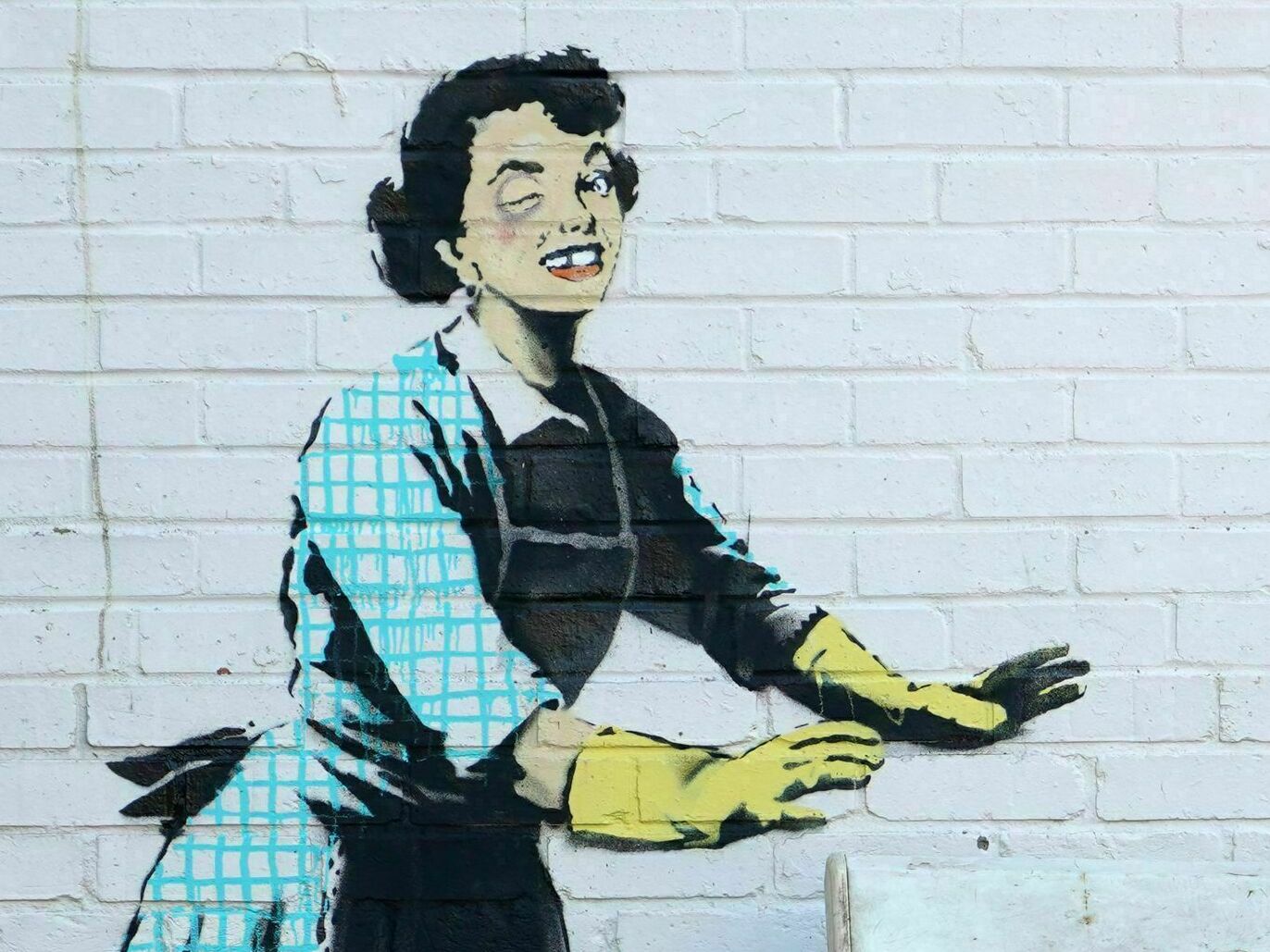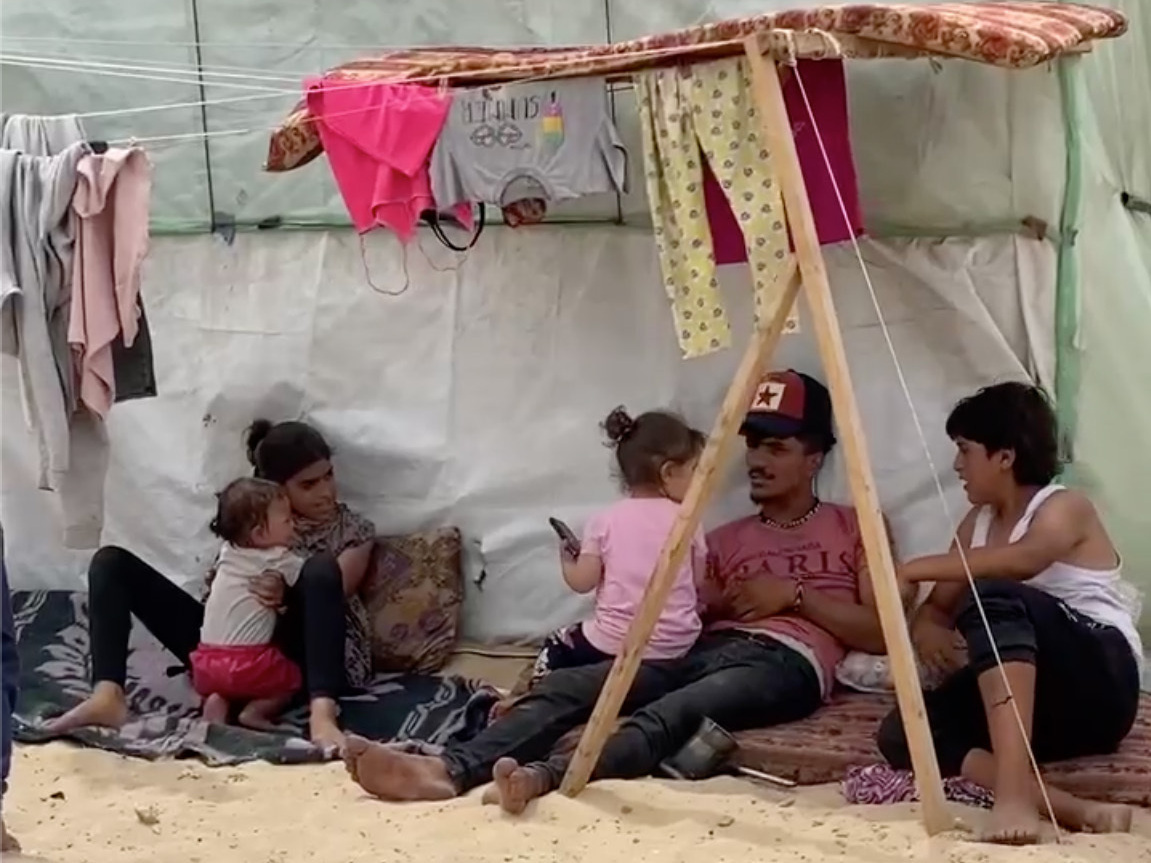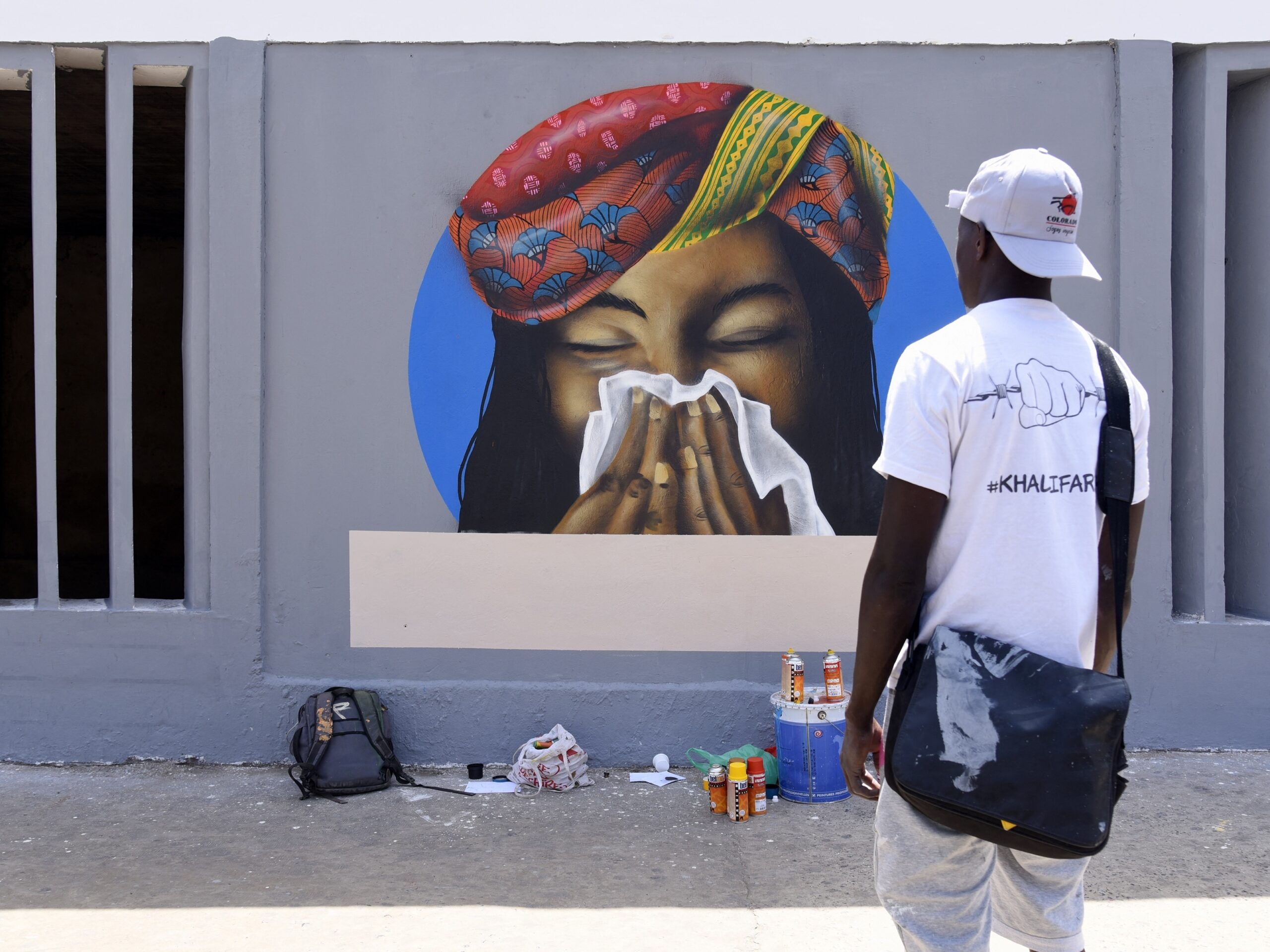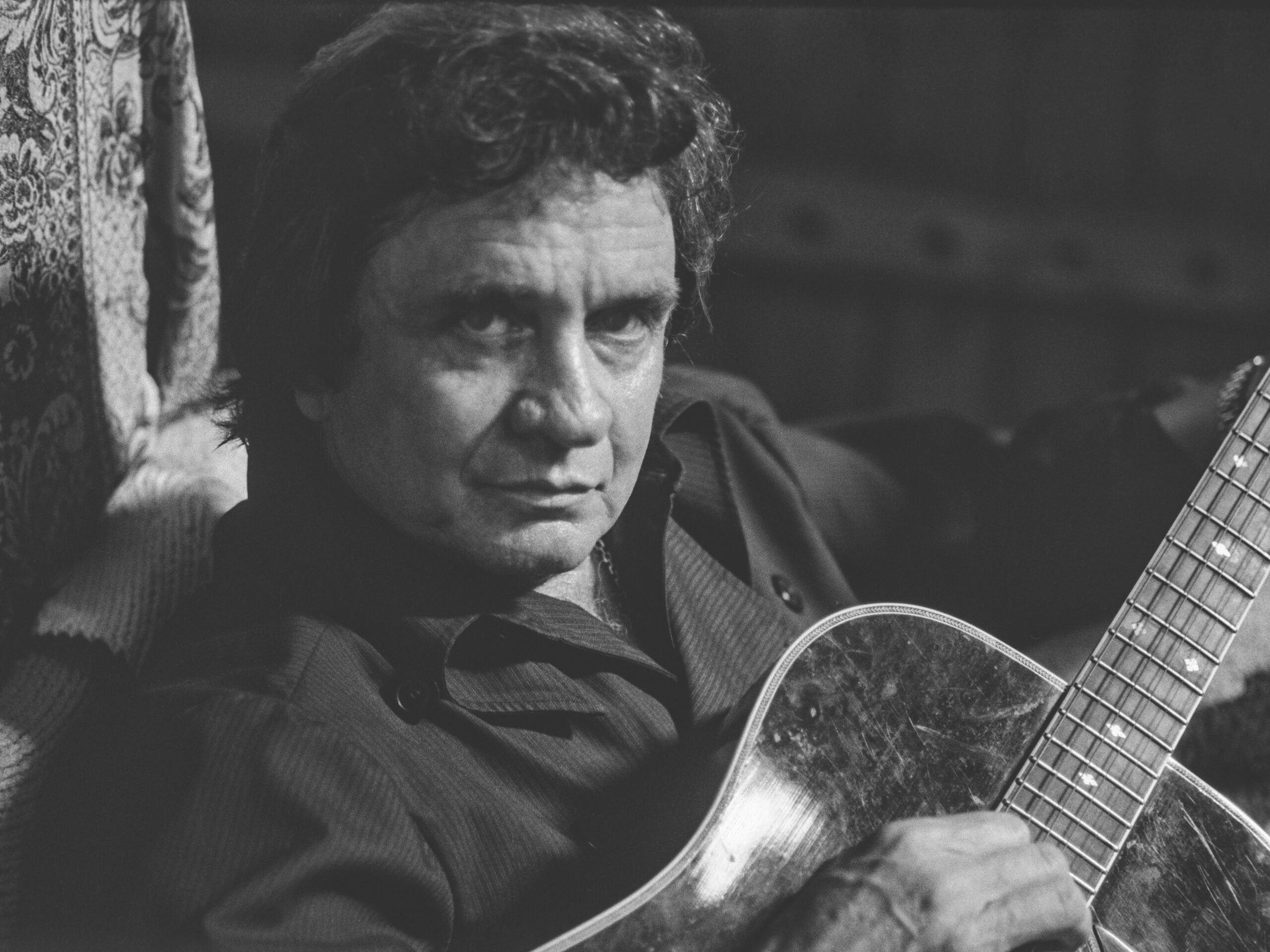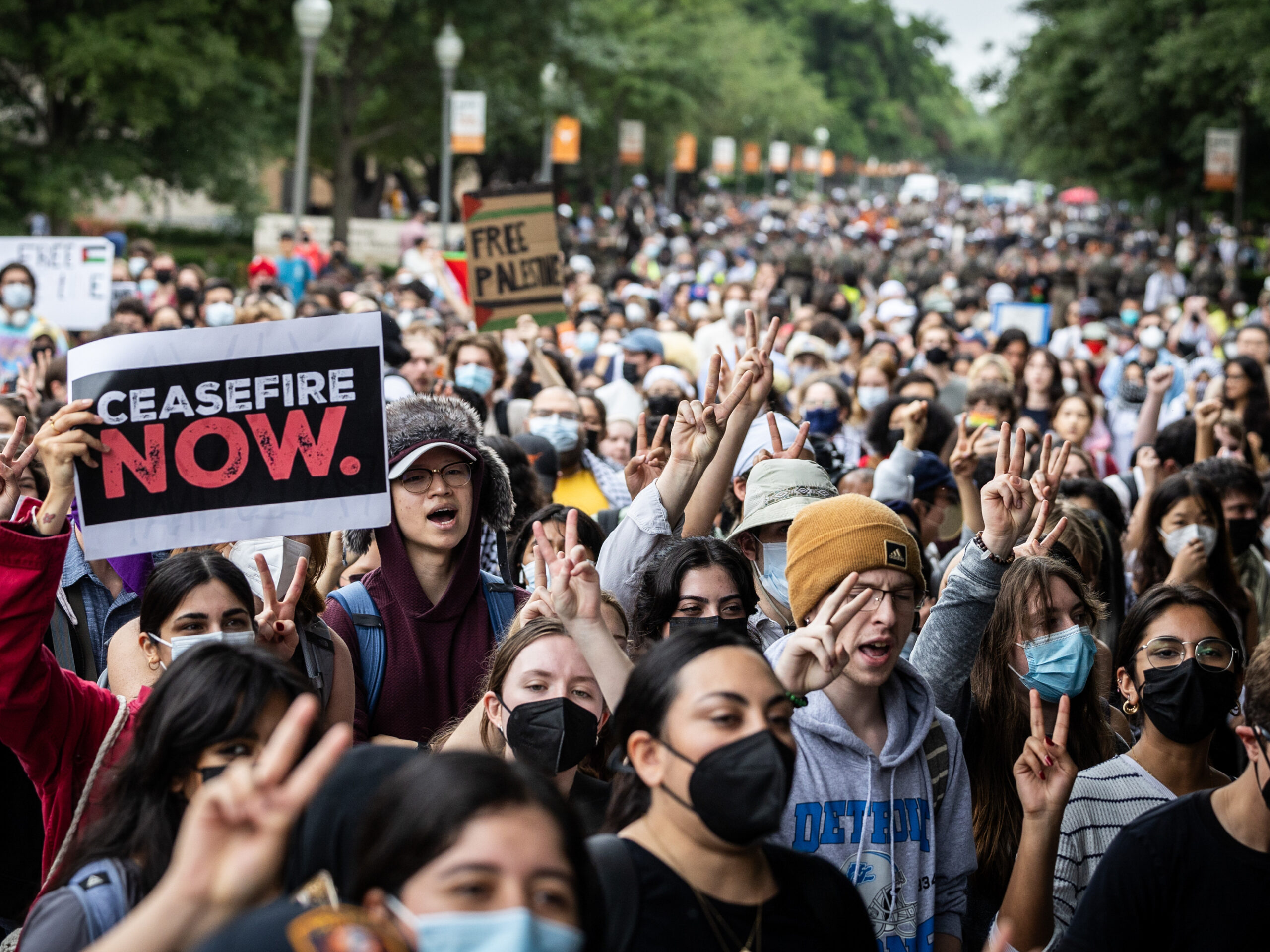When Caroline Wangamati was touring a rural Kenyan hospital in 2018, the doctors shared that two young mothers would likely be dead within hours.
Their hemoglobin levels were catastrophically low — a sign of life-threatening anemia. The typical response would be a blood transfusion, but the local blood bank was empty.
So Wangamati, the first lady of Bungoma County at the time, frantically called the regional blood center — 85 miles away — to have them send some units.
Stay informed on the latest news
Sign up for WPR’s email newsletter.
The delivery arrived a few hours later. “I was very proud of myself,” Wangamati tells NPR. “After the blood came in and we transfused the women, I went to see the medical superintendent and was saying, ‘I’m so glad we got them this blood because these two women would have died.’”
“He told me, ‘But Ma’am, you didn’t go to the pediatric ward. We had more than nine patients that needed blood.’”
Across the world, hundreds of millions, if not billions, of people live in areas where there’s not enough blood in at least 75% of medical cases. Last month, a coalition of 27 doctors, researchers, and patient advocates coined the term “blood desert” in a Lancet Global Health paper last month, hoping to build awareness and share solutions.
In a blood desert, what are normally highly treatable conditions — trauma, sickle cell anemia or postpartum bleeding — often become deadly. “Blood is a life-saving drug; it’s considered essential medicine,” says Dr. Nobhojit Roy, a retired rural surgeon from India. But nearly every country in sub-Saharan Africa and South Asia is struggling with deficits, according to a 2019 Lancet Haematology study.
Given such shortages, physicians often have only two choices when their patients suffer major bleeding, according to Dr. Nakul Raykar, a trauma surgeon at Brigham and Women’s Hospital. “One is to attempt to do something, knowing full well you’re not going to succeed without blood transfusion,” he says. “And your second option is to tell the patient, ‘Nope, sorry, we can’t treat you here. But you can go to the district hospital, which is two to four hours away,’ knowing full well they’re not going to make it.”
Global health agencies have long championed blood banks as the solution. But that assumes there’s money to build high-quality storage facilities and reliable enough electricity to maintain refrigeration, not to mention the logistical expertise to recruit donors, screen blood and distribute units on time. So while there are dozens of blood banks in big cities like New Delhi or Nairobi, there are essentially none in rural Bihar or Turkana County, says Raykar. “We’ve waited decades for enough blood banks to be built, and we’re going to be waiting several decades more.”
Raykar and his team identified the three most innovative solutions for the world’s blood deserts in the Lancet Global Health. Whether there’s the political will to address this crisis, however, remains uncertain, given the rigidity of HIV-era regulations and the invisibility of patients at risk.
Walking Blood Banks and HIV Controversy
There’s a controversial — often illegal — workaround: “walking blood banks,” where doctors don’t store blood in fridges but count on drawing blood from community members.
Health-care workers identify these people and, during times of crisis, mobilize them to donate their blood. After the donated blood is tested for HIV, syphilis and other transmissible diseases on the spot, it is directly transfused to the patient — no blood bank required.
In especially dire circumstances, health-care workers sometimes roll up their own sleeves. “This mother was dying, and her doctors gave three pints of their own blood. And they watched the mother literally come back from death,” recounts Wangamati, who is also one of Kenya’s four apponted “Blood Ambassadors,” raising public awareness around the issue. “This practice is done in almost every hospital in the country; it’s just that they can’t shout about it — because it’s illegal,” she says.
Indeed, Kenya is one of many low- and middle-income countries that banned walking blood banks in the 1990s and 2000s — the result of HIV activists calling for zero tolerance for blood-transmitted cases and corresponding pressure from the World Health Organization and the U.S. President’s Emergency Plan for AIDS Relief, according to Raykar and several other global health experts.
In India, for example, the National AIDS Control Organization took over blood transfusion responsibilities from the Ministry of Health in 1996. Three years later, the government banned walking blood banks in the name of safety.
“Their sole mission is zero transmission of HIV,” says Raykar about the National AIDS Control Organization. “They have to report the metrics of how many transfusion infections happened per year, not the number of people who died because of lack of blood — that’s completely ignored.” Dr. Shobini Rajan, chief medical officer of India’s National AIDS Control Organization, declined to comment.
“There’s a constant tension between access and safety,” Raykar continues. At local clinics, rapid diagnostic tests could screen walking blood bank donations for HIV and other transmissible diseases with 98-99% accuracy. But in its latest guidance from April 2023, WHO strongly recommends against these tests and walking blood banks — outside of an “acute emergency.” A WHO spokesperson explained in a statement to NPR: “While the transfusion of blood collected from donors to patients can save lives, it involves risks itself and could cause serious consequences, even death of patients.” PEPFAR did not respond to a request for comment.
What frustrates Roy is that, by framing walking blood banks as an exception, WHO’s guidance leaves their utility “rather vague, rather open to interpretation” — without acknowledgement that blood deserts themselves are in a state of emergency.
“Extreme blood scarcity in much of the world is not an impending, catastrophic event, but the current status quo,” says Roy. But enforcing federal laws, police will punish doctors for turning to walking blood banks in emergency situations, when patients may be on the brink of death.
In fact, four physicians interviewed for this story described how fellow health-care workers have been arrested for using walking blood banks. “They put their jobs on the line to save a life,” says Wangamati, who trained in health policy at the London School of Economics. “Can we have the boldness to look at walking blood banks as a solution for those times when blood is not there?”
Yetmgeta AbdellaThen comes the issue of deploying these tests in rural settings where laboratory personnel do not necessarily have the experience of technicians in larger regional centers. Abdella points to a study he published in the Journal of Laboratory Physicians, where across ten rapid diagnostic tests used in Pakistan, accuracy for hepatitis B and C detection ranged from 65-85%.
A former WHO technical officer himself, Roy agrees that safety is important and that more research is needed to validate performance in blood deserts. However, he also worries that safety concerns have been overly sensationalized to the neglect of access, pointing to how the U.S. military has adopted walking blood banks as a safe, effective transfusion strategy in war zones. “What we live through every day in these blood deserts is nothing short of that,” Roy says. “How many people need to die before you say that this is war?”
Blood delivery by drone
Given the controversy around walking blood banks and the extent of the shortage, global health experts have explored other strategies to further expand access to blood.
Perhaps the most flashy innovation has been drone-based delivery: flying blood to hard-to-access rural areas. Ambulances could make these deliveries in some circumstances, says Roy, but they’re often too slow in emergency situations, struggling to navigate poor roads and difficult terrain.
These droneshave thus been pilotedover 80%four hoursIn this hub-and-spoke model, the drones are launched from a handful of blood banks in major cities, zooming through the skies at 75 miles per hour. “It’s pretty much like Amazon,” says Roy. “You stop trying to have retail stores everywhere; you just have a big hub and a highly efficient delivery system.”
While Raykar is excited about all strategies to get blood to providers, he acknowledges that drone-based deliveries aren’t a magic bullet since they cannot address a lack of supply. Already, WHO recommends a minimum of 10 units of blood donated for every 1,000 community members, but low-income countries don’t even reach half that amount. And then there’s the potentially prohibitive start-up investments for any drone-based delivery program — over $4 million in the Rwanda example.
“These companies are flying blood from places designed for blood collection, but ultimately, we still need more blood locally,” Raykar says.
A solution during surgery
Beyond drones, some global health experts have turned to autotransfusion, where surgeons collect blood pooling inside patients’ bodies, use a device to clean it up and then return their blood.
“Instead of throwing it away and running around looking for a replacement, we can easily just pick that blood and give it back,” says Dr. Asma Awadh, an infectious disease physician from Kenya who’s been working on autotransfusion since 2018.
Since this blood comes from patients themselves, doctors don’t need to screen for transmissible diseases or check for matching types. That saves time and money. There’s an indirect benefit as well: If doctors recycle blood of surgical patients, they can allocate more donor supplies to patients with leukemia, sickle cell and other non-surgical conditions requiring transfusions.
The idea behind autotransfusion isn’t new, with the first documented case in 1914. A German doctor took blood from women suffering miscarriages, filtered it through gauze and transfused it back. While commonly used today in the U.S. with the $20,000 Cell Saver device, autotransfusion hasn’t taken off in low- and middle-income countries, Awadh says, because of the high cost of most autotransfusion devices, limited training in these techniques and concerns over patients’ blood being contaminated during an operation.
But there are ways to get around the price barrier. Awadh works as a trainer for the medical equipment company Sisu Global Health, whose Hemafuse autotransfusion device costs only $120. Even lower-cost options may be on the horizon, including one being developed at Christian Medical College Vellore that is housed inside a cardboard box and uses gravity to help suction out blood from the patient, says Raykar. The device would not require electricity to operate and would be completely disposable.
Ultimately, the challenge for autotransfusion will be ensuring access to this new technology and shifting surgical culture toward its use. “The more you practice something, the more you see it works,” says Awadh. “Still more needs to be done for a surgeon to just decide, ‘Let me do this,’ without being prompted to think about it.”
A global health crisis that’s overlooked
For Raykar, the biggest challenge is getting people to care about blood deserts. “These are the poorest, socioeconomically most vulnerable patients in the world. They die at high rates, and it’s attributed to poverty. But the actual reason why they died is often not recognized.”
While HIV activists have benefited from decades of advocacy and robust funding, those who die in blood deserts — due to trauma, anemia or postpartum bleeding — command relatively little attention.
“All of these people are invisible, so they will never reach the policy table to say, ‘Hey, if I get the blood of someone with HIV today, I will die maybe ten years from now or never at all because treatment is so good,’” says Roy. “‘But if I don’t get blood today, I will be dead today.’”
To be clear, none of the physicians and patient advocates I interviewed thought that walking blood banks, drone-based delivery or autotransfusion could supplant the need for traditional blood banks. These strategies are only meant to be stopgap solutions.
Yet in the slow-moving political landscape of many low- and middle-income countries, it’s unclear if these measures will ever go from a list of recommendations to widespread implementation.
“Blood is not catchy; it’s not sexy. It’s not the kind of thing that the cameras are following you,” says Wangamati, the former first lady. “So I talk about blood everywhere, to anyone who will listen.”
Simar Bajaj is an American journalist who has previously written for The AtlanticTIMEThe GuardianWashington Post and more He is the recipient of the Foreign Press Association award for Science Story of the Year and the National Academies award for Excellence in Science Communications.9(MDAyMjQ1NTA4MDEyMjU5MTk3OTdlZmMzMQ004))

